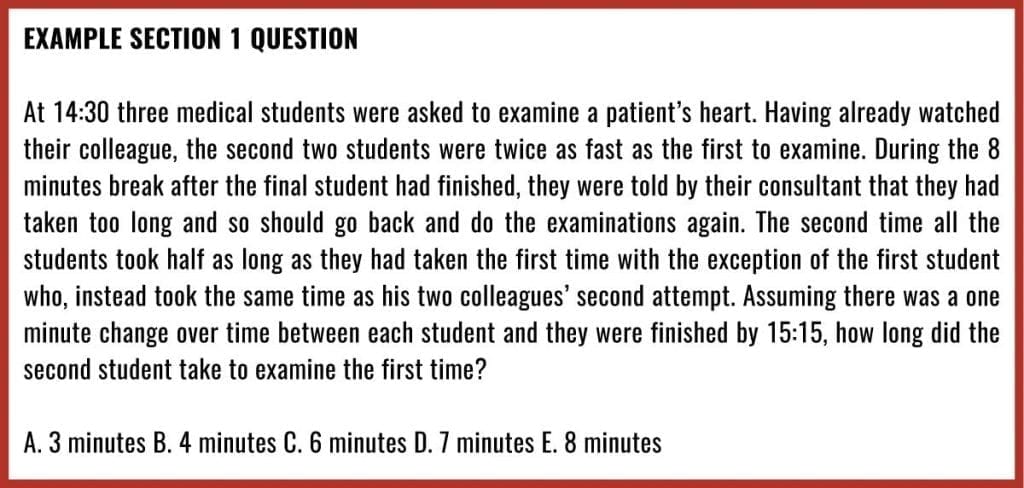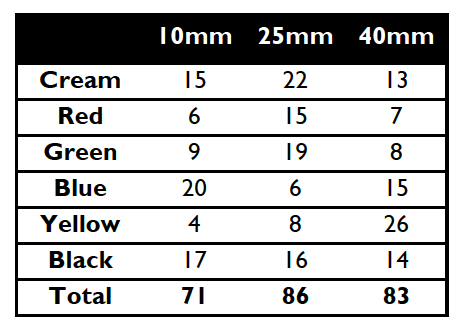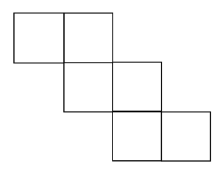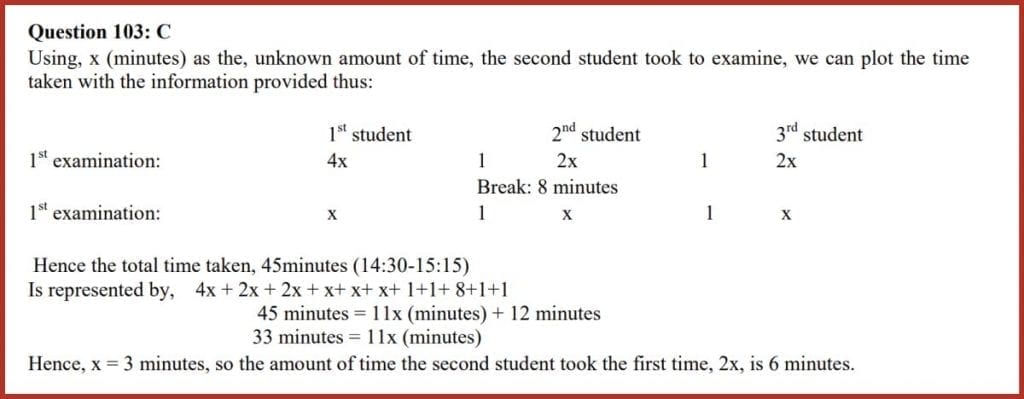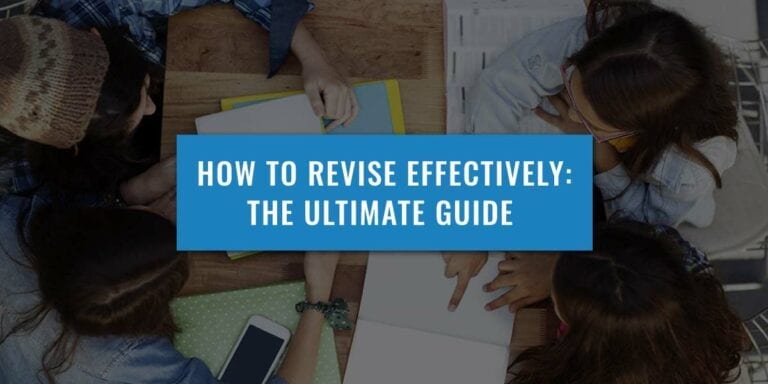As of 2024, the BMAT will no longer operate for Medicine applicants. Applicants for all UK medical schools will be required to sit the University Clinical Aptitude Test (UCAT) for 2025 Entry. Find out more in our BMAT/UCAT 2025 Guide.
BMAT Section 1 is renowned for being difficult to prepare for, but there are powerful shortcuts and time-savers you can use.
This section is considered difficult to prepare for because it does not feature traditional required knowledge as you would find in the majority of tests taken during your education. Instead, it tests you on a variety of general Thinking Skills, hence the name, which do not specifically relate to medicine or science.
However, while revising through textbooks is mostly unhelpful here, there is still plenty you can do to practice and prepare for the test. This guide will explain the basics of Section 1 and provide you with tips on how to succeed. Let’s get started:
BMAT Section 1: Thinking Skills Overview
BMAT Section 1 Timings
32 questions | 60 minutes
You have approximately 112.5 seconds per question; this may sound like a lot but given that you’re often required to read and analyse passages or graphs – it can often not be enough. Nevertheless, this section is not as time-pressured as Section 2 so most students usually finish the majority of questions in time. The people who fail to complete Section 1 are those who get bogged down on a particular question and waste time.
Here’s an example of a typical BMAT Section 1 Thinking Skills question taken from our Medicine Programme, where you can get access to thousands of practice questions, solutions and much more. The worked answer can be found at the bottom of this guide, attempt it and see how you do!
Be ready for the UCAT now that the BMAT has been removed.
With the BMAT being removed, it is more important than ever to be prepared for the UCAT. At UniAdmissions, we are experts at boosting your UCAT score and maximising your chances of gaining a place to study Medicine.
Discover our UCAT Programme by clicking the button below to enrol and triple your chances of success.
BMAT Critical Thinking
BMAT Critical Thinking questions require you to understand the constituents of a good argument and be able to pick them apart. The majority of BMAT Critical Thinking questions tend to fall into 3 major categories, which we will now explain in-depth.
Identifying Conclusions
What is a conclusion?
A conclusion is a summary of the arguments being made and is usually explicitly stated or heavily implied. It’s common for students to mix a conclusion up with a premise.
What is a premise?
A premise is a statement from which another statement can be inferred or follows as a conclusion.
Hence a conclusion is shown/implied/proven by a premise. Similarly, a premise shows/indicates/establishes a conclusion.
For example: My mom, being a woman, is clever as all women are clever.
Premise 1: My mom is a woman + Premise 2: Women are clever = Conclusion: My mom is clever.
Identifying Assumptions + Flaws
An assumption is a reasonable assertion that can be made on the basis of the available evidence.
A flaw is an element of an argument that is inconsistent with the rest of the available evidence. It undermines the crucial components of the overall argument being made.
Consider for example: My mom is clever because all doctors are clever.
Premise 1: Doctors are clever. Assumption: My mom is a doctor. Conclusion: My mom is clever.
What if the mother was not actually a doctor? This argument would break down because the assumption is incorrect or flawed.
Strengthening and Weakening arguments
You may be asked to identify an answer option that would most strengthen or weaken the argument being made in the passage. Normally, you’ll also be told to assume that each answer option is true. A good argument has three components:
Evidence | Logic | Balance
In order to strengthen or weaken an argument, look for points that tip the scales on any of these components. These questions are arguably the hardest to prepare for but there are useful techniques you can employ to solve questions more quickly. Two favourites are:
Construct Equations
This is essentially turning writing into numerical data. For example “Mark is twice as old as Jon” could be written as M=2J.
Tips and Tricks for BMAT Critical Thinking
- Don’t get confused between premises and assumptions. A premise is a statement that is explicitly stated in the passage. An assumption is an inference that is made from the passage.
- Though it initially sounds counter-intuitive, it is often best to read the question before reading the passage. Then you’ll have a much better idea of what you’re looking for and are therefore more likely to find it quicker.
- In some cases, you may not even need to read the passage in full. Usually they are fairly short, so reading through the whole thing doesn't take much time. But, if you're running low on time or find a longer passage with a lot of filler, it may be better to skim through it quickly to find the important details. Always assess this carefully though, and read through the passage in full if you aren't able to figure out the answer the first time.
BMAT Problem Solving
This is the second question type within Section 1 of the BMAT and can seem pretty generic on first impressions. In actuality, Problem Solving essentially means questions linking to mathematics, data interpretation and spatial awareness skills, the kind of things you would see in a typical maths test. These three skills actually make up the three categories of questions you will find in the paper, although the actual questions will be much more varied than the categories imply.
Traditional Problem Solving
The first type of question here is the closest to a traditional mathematics question, although it doesn’t cover more complex topics such as Algebra or Geometry.
Essentially, these questions will provide you with a selection of information and figures which you must use in order to determine a sum or quantity. The catch is that these questions are almost always scenario-based, meaning all the information you will be using is contextualised into a real-world situation rather than a basic equation. The answers will typically be presented in a real-world measure as well, be it time, currency, weight, etc.
The issue you may find when working through these questions is finding the relevant information. These questions will usually provide more information than is necessary to find the answer, whether it be by adding extra people to the scenario or including red herrings in the figures provided. Part of the challenge of these questions is to determine what is important and what is not in order to get the questions right.
Not every question will be a purely mathematical problem, as some will be more logic-based, requiring the process of elimination to determine the true or false statement or organise a selection of samples based on their requirements.
Here’s an example question:
Michael, a taxi driver, charges a call our rate and a rate per mile for taxi rides. For a 4-mile ride, he charges £11 and for a 5-mile ride, £13. How much does he charge for a 9-mile ride?
A) £15
B) £17
C) £19
D) £20
E) £21
The correct answer is E.
Working algebraically, using the call out rate as C, and rate per mile as m.
So, C + 4m = 11
C + 5m = 13
Hence; (C + 5m) – (C + 4m) = £13 – £11
M = £2
Substituting this back into C + 4m = 11
C + (4 x 2) = 11
Hence, C = £3
Thus, a ride of 9 mile will cost £3 + (9 x £2) = £21.
Tables and Graphs
As the name suggests, these questions are all about interpreting data from tables and graphs. Although the actual content of these won’t be too complicated, the challenge comes from the sheer amount of data you may have to work through and the limited amount of time you have to do so.
If the Traditional Problem Solving questions sometimes provide you with unnecessary information, these questions always will. You are never going to need to use all of the data in the table for these questions, so you will need to read the question thoroughly in order to ensure yu understand exactly what you are looking for.
The actual questions are usually written in a similar manner to the first kind, with the major difference being the larger amount of data you now need to sort through. You will also need to use basic arithmetic most of the time.
Sarah has a jar of spare buttons that are a mix of colours and sizes. The jat contains the following assortment of buttons:
Sarah wants to use a 25mm diameter button but doesn’t mind if it is cream or yellow. What is the maximum number of buttons she will have to remove in order to guarantee picking a suitable button on the next attempt?
A) 210
B) 218
C) 219
D) 239
E) None of the Above
The correct answer is A.
The total number of buttons is 71 + 86 + 83 = 240. The total number of suitable buttons is 22 + 8 = 30. Thus, she will have to remove a maximum of 210 buttons in order to guarantee picking a suitable button on the next attempt.
Spatial Reasoning Questions
These last questions are the most different out of the three as they are more dependent on visual capabilities compared to mathematical skill.
Essentially, these questions will task you with answering a question relating to an image or images of a shape. One common example of this is determining the correct image of a die based on example images. In this case, you would need to look at the numbers displayed on the side of the die to see which of the potential answers matches with the example.
While mathematics can be involved in the questions sometimes, these are much more dependent on your ability to visualise a shape in order to determine a transformation or alternate view. You won’t be measuring angles or diameters here, you simply need to determine the correct answer based on the image you are provided.
How many different positions can you place an additional tile to make a straight line of three tiles?
A) 6
B) 7
C) 8
D) 9
E) 10
F) 11
G) 12
The correct answer is C.
Tiles can be added at either end of the 3 lines of 2 tiles horizontally or at either end of the 2 lines of 2 tiles vertically. This is a total of 10, but in two cases these positions are the same (at the bottom of the left-hand vertical line and the top of the right-hand vertical line). So, the answer is 10 – 2 = 8.
Tips and Tricks for BMAT Problem Solving
- Calculators aren't allowed in the BMAT, so you will be limited to your own mental arithmetic. You're not going to need to calculate complex equations in your head, but poor mental arithmetic and really slow you down unnecessarily.
- You will often have to deal with three-dimensional shapes such as cubes during the spatial awareness questions, so make sure you revise the concepts behind these.
- When a question includes a graph or table, take a look at the heading first in order to help you understand exactly what you're looking at before analysis.
Finally, the worked solution to the example question at the start – how did you do?
Now that you know more about BMAT Section 1, it’s time to move on to Section 2 and Section 3, so be sure to check out our expert guides for both. If you want to find out how you can triple your chances of BMAT success, discover our BMAT Tuition Programme today and book a free consultation session. You can also view our collection of past papers for the BMAT to help you in preparation for upcoming admissions tests.
The UCAT is often deemed “impossible to revise for.” That’s completely incorrect, we’ll show you how.
At UniAdmissions, we are experts at boosting your UCAT score and maximising your chances of gaining a place to study Medicine through our one-to-one sessions, mock papers and intensive courses.
Click the button below to see the support we have for you in our UCAT Programme and triple your chances of success.

